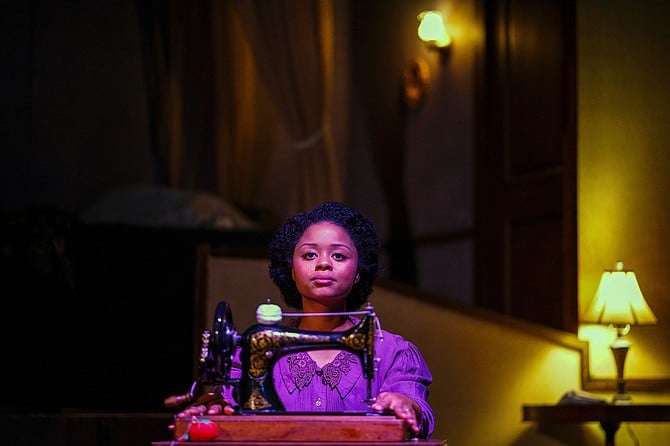 Facebook
Facebook
 X
X
 Instagram
Instagram
 TikTok
TikTok
 Youtube
Youtube

There are inherent tensions between how we are documented and how we view ourselves. We can hear this any time we listen to our own voices in an audio recording. Is that what I really sound like? we are forced to wonder. Photographs, too, may alter our own self-perception. Accustomed to our mirror images, our photographic images appear flipped. A part in one’s hair will appear on the opposite side. A crooked smile, the same. That’s what I really look like, we have to think.
But we shouldn’t take that to mean these documents are always more accurate than our own self-knowledge. A smile in a photograph taken five years ago does not prove we were happy then, any more than it suggests we are less happy now. A photo captures a single instant, at a single angle, in a certain light. Most likely, it is a posed expression of ourselves, meaning it’s more a combination of how the camera sees us and how we wish to project ourselves. Neither of which bears reliable witness. Even a candid moment can only hint at the whole picture.
And these are so-called objective media, recorded by mechanical devices with nothing to gain from representing inaccuracies. But when our stories are told, by ourselves or others, the truth of our character gets filtered through the inconsistent corruptions of the human mind: rationalization, insecurity, prejudice, bravado. A written account is only as dependable as the mind composing it, which is to say, it’s always of suspect reliability.
Thus, a written correspondence can best be viewed as two imaginations reaching out to one another, negotiating a shared interpretation of reality. Doubly so when it comes to love letters. When we tell our own personal histories, they’re more reflective of how we wish to see ourselves, reactive to the way others see us. Or at least the ways we think they see us. When we tell our longings, they build on cultural expectations, culture itself being a collective subset of history,, presented to inform us who we are, or who we are supposed to be.
In the play Intimate Apparel, playing at Carlsbad’s New Village Arts Theatre until October 20, a seamstress in the early 20th century has sewn her life savings into a quilt. How that capital is spent will depend on the way her personal reality skews toward how she sees herself and how she’s seen by the world she inhabits, and whether any of it turns out to be as real as the textured fabrics that pass through her working hands.


There are inherent tensions between how we are documented and how we view ourselves. We can hear this any time we listen to our own voices in an audio recording. Is that what I really sound like? we are forced to wonder. Photographs, too, may alter our own self-perception. Accustomed to our mirror images, our photographic images appear flipped. A part in one’s hair will appear on the opposite side. A crooked smile, the same. That’s what I really look like, we have to think.
But we shouldn’t take that to mean these documents are always more accurate than our own self-knowledge. A smile in a photograph taken five years ago does not prove we were happy then, any more than it suggests we are less happy now. A photo captures a single instant, at a single angle, in a certain light. Most likely, it is a posed expression of ourselves, meaning it’s more a combination of how the camera sees us and how we wish to project ourselves. Neither of which bears reliable witness. Even a candid moment can only hint at the whole picture.
And these are so-called objective media, recorded by mechanical devices with nothing to gain from representing inaccuracies. But when our stories are told, by ourselves or others, the truth of our character gets filtered through the inconsistent corruptions of the human mind: rationalization, insecurity, prejudice, bravado. A written account is only as dependable as the mind composing it, which is to say, it’s always of suspect reliability.
Thus, a written correspondence can best be viewed as two imaginations reaching out to one another, negotiating a shared interpretation of reality. Doubly so when it comes to love letters. When we tell our own personal histories, they’re more reflective of how we wish to see ourselves, reactive to the way others see us. Or at least the ways we think they see us. When we tell our longings, they build on cultural expectations, culture itself being a collective subset of history,, presented to inform us who we are, or who we are supposed to be.
In the play Intimate Apparel, playing at Carlsbad’s New Village Arts Theatre until October 20, a seamstress in the early 20th century has sewn her life savings into a quilt. How that capital is spent will depend on the way her personal reality skews toward how she sees herself and how she’s seen by the world she inhabits, and whether any of it turns out to be as real as the textured fabrics that pass through her working hands.
Comments